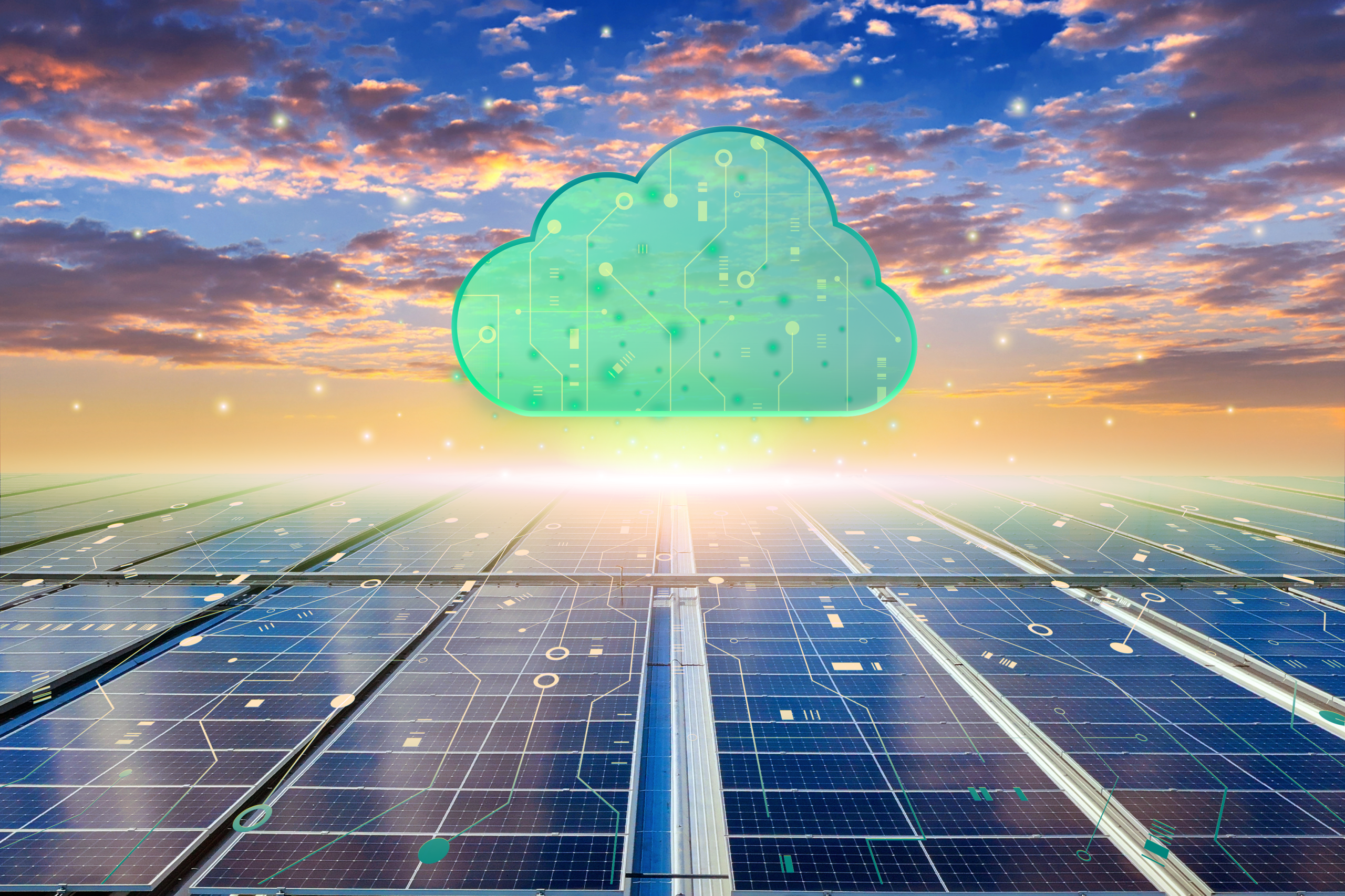Changes in Energie compensation

As renewable energy continues to gain popularity worldwide, homeowners are increasingly investing in solar energy solutions. In Spain, companies like Iberdrola have been at the forefront of this renewable energy revolution, but recent developments in compensation rates for excess energy fed back into the grid are causing many to reconsider their options.
The trend is clear: compensation rates for energy clients are declining, making physical battery storage a compelling alternative.
Read in this blog more about why more homeowners are choosing batteries over the compensation they receive from the supplier for sending energy in to the grid.
The Declining Compensation Rates
In 2022, Iberdrola offered a competitive compensation rate of €0,10 / kWh for excess energy generated through solar panels. This rate was very welcome for many consumers embracing “autoconsumo” (self-consumption) and looking to make the most of their renewable energy investments. However, as the years progressed, this rate took has been dropping to €0.08/kWh in 2024 and most recently to €0.07/kWh on March 3, 2025. Clients with an older contract they will face this change soon too.
This drop in compensation isn’t only happening at Iberdrola, but at many other suppliers like OctopusEnergy, Fenie Energia Repsol, HolaLuz, Naturgy etc.
Why Batteries are Making a Comeback
As the financial incentive to sell excess energy back to the grid has been decreased, many homeowners are shifting back to physical battery solutions. Here are some key reasons why:
- Lower Battery Prices: One of the most significant reasons for the increase of interest in energy storage solutions is change in battery prices. Compared to 2022, the cost of batteries is now much lower, making them more accessible for the average consumer.
- Energy Autonomy: Homeowners are now leaning towards self-reliance, where storing energy for personal use is more beneficial than relying on external compensation for the energy supplier. With sufficient battery storage, households can save the energy generated during peak sunlight hours, which they normally send back to the grid of a small compensation and use it at night. This means they would not need to buy at a higher rate than their compensation at night again.
- Smart Energy Management: With the integration of smart home technology, many homeowners are now better equipped to manage their energy usage. Batteries not only store energy but also allow users to optimize when and how they draw power. This approach can lead to significant savings on energy bills, ensuring that homeowners use stored energy during times that the energy rates are high.
- Environmental Impact: There is also a growing awareness around environmental issues. By maximizing personal energy consumption and decreasing dependency on the grid, consumers are taking a more proactive role in reducing their carbon footprint.
Conslusion
As compensation rates for energy fed back into the grid continue their downward trend, more homeowners are seeing more benefits of investing in physical battery storage. With dropping battery prices (if compared to 2022) and the wish for more energy independence, the market is changes.
Transitioning to battery storage could very well define the future of self-consumed energy—offering both sustainability and savings in a competitive energy market. As we forge ahead, it will be intriguing to see how these shifts shape our energy systems and consumer habits.
